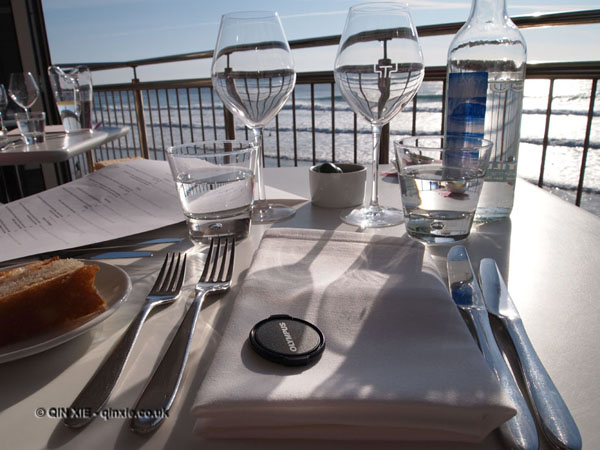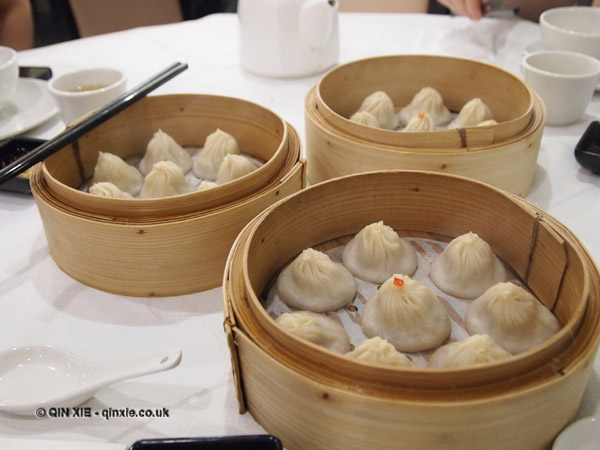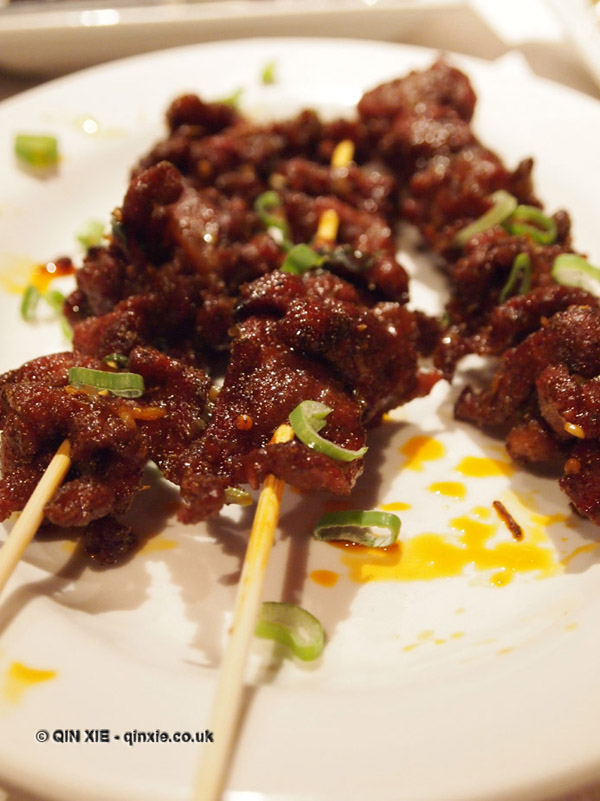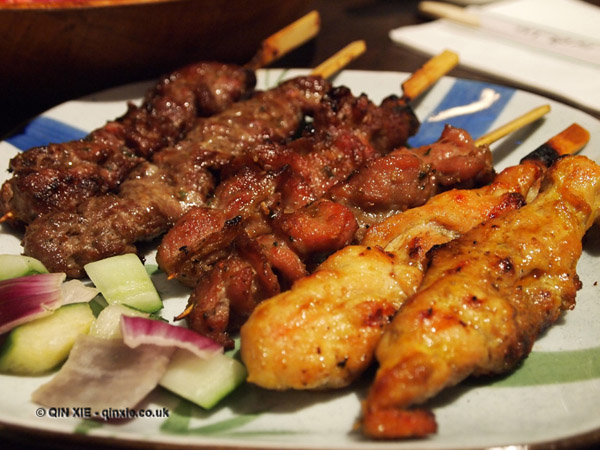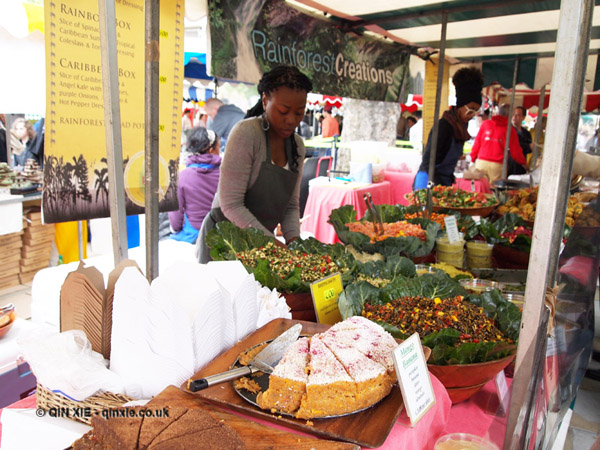Published on View London on 19th August 2011:
Piccolino has a reputation of being a venue with great service, and while that proves to be true there are a couple of hang ups with the food.
The Venue
Piccolino is a chain of twenty two Italian restaurants with venues across the country. It promises neighbourhood dining in a chic yet informal setting and the Heddon Street branch encapsulates that with a rustic charm that’s given a contemporary hit from brass lighting, red leather banquettes and brushed wood chairs.
Being close to Regent Street, its central location is easily accessible for shoppers and tourists alike and the size of the restaurant easily accommodates the passing trade. Outside is a sheltered alfresco area that shares the buzzy atmosphere of other nearby venues, while inside is an open plan space with views into the kitchen.
The Atmosphere
At the start of the evening the restaurant is filled with families but as the night progresses, the clientele gets younger with small groups of friends starting to drift in. Further on into the evening you’ll see those who’ve finished work and had a few drinks in the nearby bars start to take their seats for a late supper, but no matter what time it is, there’s a steady stream of guests entering, maintaining a pleasant hubbub. Despite being so busy, the staff still seem to be able to take time to smile and joke with the customers – there’s even the occasional wink.
The Food
Some Italian restaurants seem only to serve pizza and pasta; Piccolino is definitely not one of these. But while the menu is extensive, the food can be a touch hit and miss.
A starter of grilled asparagus with a neatly trimmed poached egg makes a healthy alternative to the calamari fritti, which is a little greasy. For mains, the A3 menu offers the staples of pizza, pasta, risotto and salads for only a few pounds more than the starters, and there are also fish and meats to choose from at around the £20 mark. The nodino di vitello (veal chop on the bone) offers an authentic taste of the homeland with a parmesan and rosemary breadcrumb crust, though you can also have it grilled with rosemary and lemon butter. There are of course the usual – and perfectly decent – cuts of steak on the menu, with ribeyes, sirloins and fillets being the most popular. The accompanying chips are matchstick thin but not quite crispy enough to be fries.
For around £7, you can choose from ten desserts or for around £6 there’s a decent selection of gelatos and sorbets. The torte di limone delivers a sharp tang thanks to a limoncello filling that’s balanced out by sweet candied lemons sitting on top. The panna cotta is richly flavoured with vanilla (which is certainly no bad thing), but it does overpower the slightly over poached rhubarb somewhat.
The Drink
There’s a good selection of table wines here, from sauvignon and chenin blancs to riojas and merlots, with a fair few options available by the glass and the carafe – a trend that’s always nice to see, especially when they extend to proseccos and champagnes too. Coffee is, as expected of any Italian restaurant worth its salt, very good indeed. And it packs a powerful caffeine punch – just what you need with a belly full of pasta.
The Last Word
If you’re looking for the neighbourhood restaurant with great service and undemanding food, this would be it. But if you were looking for great gastronomy, then you’re probably unlikely to find it here.
